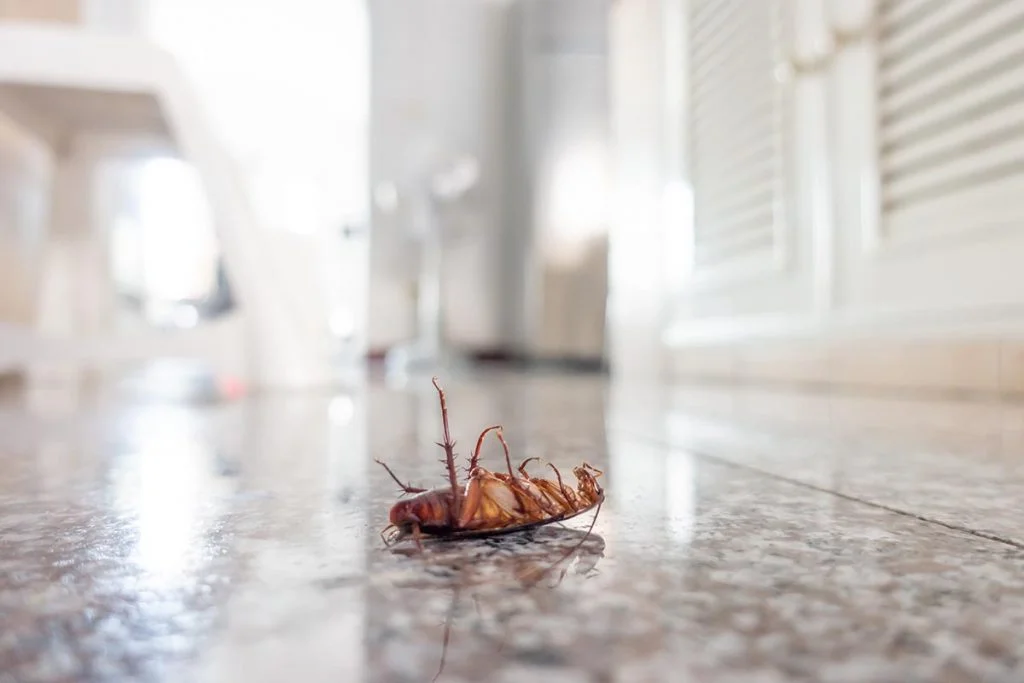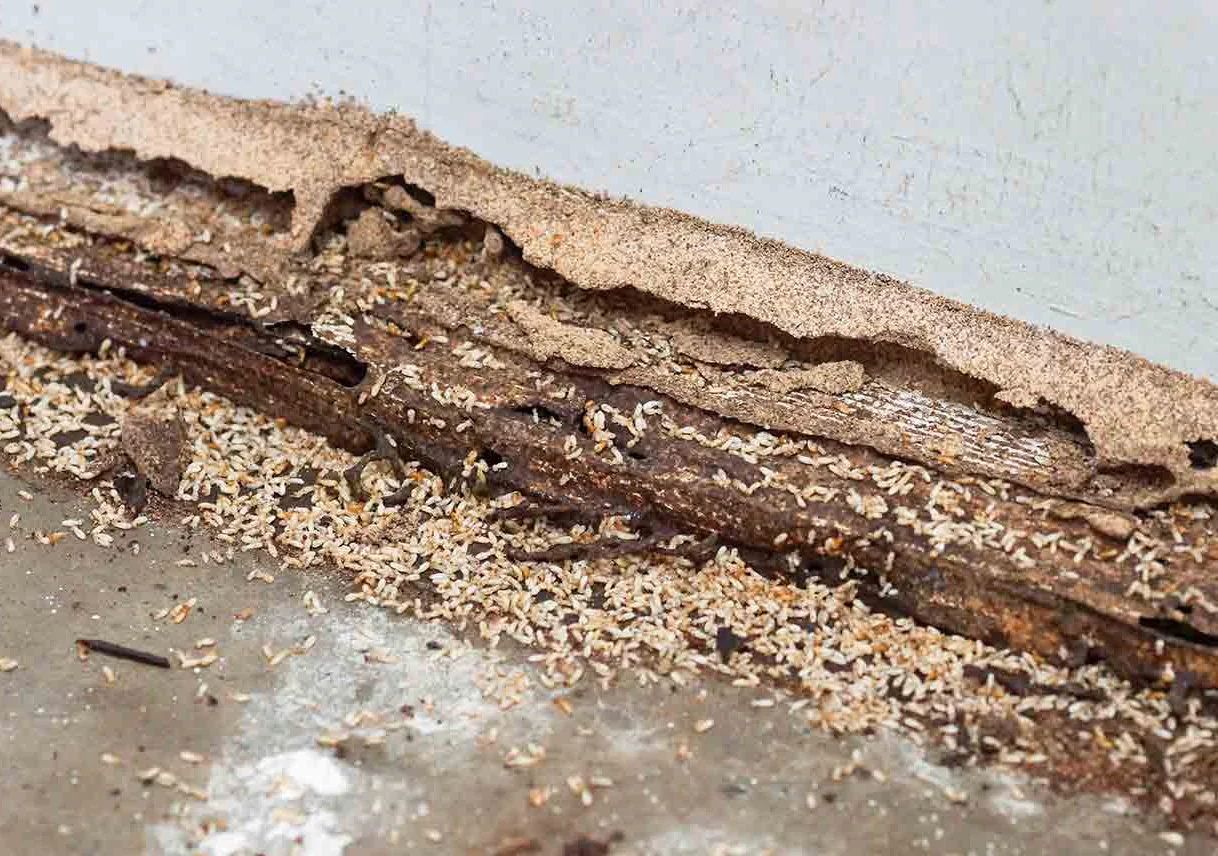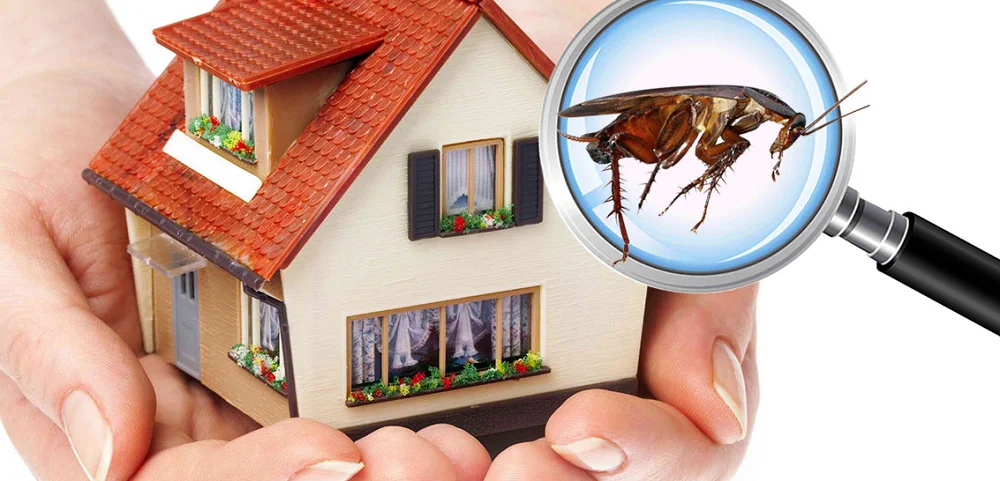Understanding the pests that threaten your home or business is the first step toward effective control. At PestControl100, we believe in empowering our customers with knowledge about the most common pests, their behaviors, and the risks they pose. This comprehensive pest guide provides detailed information to help you identify pest problems early and make informed decisions about appropriate control measures.
From destructive termites to disease-carrying rodents, invasive ants to persistent bed bugs, our pest library covers the identification, biology, and control options for the full spectrum of pests you might encounter. Whether you're dealing with an active infestation or want to prevent future problems, this resource will help you understand what you're facing and how our professional pest management solutions can help.
Spotted a pest but not sure what it is? Our pest control experts can provide accurate identification and effective treatment solutions.
Contact us for a free pest inspection today!
Common Household Pests
Households across the country frequently encounter these persistent pests. Click on each pest to learn more about identification, behaviors, risks, and control options:
German cockroach in kitchen environment
Indoor Pests
These common indoor pests can create various problems from food contamination to property damage, allergic reactions, and disease transmission. Early identification and professional intervention can prevent minor pest issues from becoming major infestations.
Outdoor & Structural Pests
Outdoor and structural pests can damage your property, make your yard unusable, or eventually find their way indoors. Effective perimeter defense and targeted treatments can help keep these pests at bay and protect your home or business.
Termite damage to wooden structural component
Commercial & Industry-Specific Pests
Different industries face unique pest challenges that require specialized knowledge and control approaches. Understanding these industry-specific pests is crucial for effective management:
Food Industry Pests
Professional inspection in commercial kitchen environment
Restaurants, food processing facilities, and grocery stores must maintain stringent pest control to meet health regulations and protect their reputation. Common food industry pests include:
- German Cockroaches - Particularly problematic in commercial kitchens
- Stored Product Pests - Including beetles, moths, and weevils
- Fruit Flies - Often found around ripening produce and drains
- Rodents - Major contamination concerns in food facilities
- Pharaoh Ants - Tiny ants that can infest food preparation areas
Learn more about food industry pest management →
Healthcare Facility Pests
Healthcare environments require special attention to pest control while maintaining sensitive patient areas:
-
Bed Bugs Increasing concern in healthcare settings due to constant patient turnover
-
Flies Potential vectors for pathogens in a setting where sanitation is critical
-
Cockroaches Can trigger asthma and allergies in patient populations
-
Rodents Particular concern in facility infrastructure and storage areas
-
Ants Often attracted to medications and liquids in patient care areas
Learn more about healthcare facility pest management →
Warehouse & Logistics Pests
Large facilities with product storage face distinct pest challenges:
-
Rodents Particularly problematic in warehouses with food or consumer goods
-
Birds Can create contamination issues and damage inventory
-
Stored Product Pests Threaten inventory integrity in long-term storage
-
Spiders Often proliferate in undisturbed warehouse areas
-
Cockroaches Arrive in shipments and establish populations in favorable conditions
Learn more about warehouse pest management →
Industry-Specific Solutions
Each business environment requires a customized approach to pest management. Our commercial pest specialists understand the unique challenges of different industries and provide tailored solutions that consider regulatory requirements, operational constraints, and specific pest pressures.
Seasonal Pest Trends
Pest activity changes throughout the year as temperatures, moisture levels, and other environmental factors fluctuate. Understanding these seasonal patterns helps with effective prevention and control:
Spring (March-May)
- Termite swarms emerge
- Ants become active
- Mosquito breeding begins
- Wasps start building new nests
- Tick activity increases
Focus: Prevention and early intervention as pests become active
Summer (June-August)
- Peak mosquito activity
- Ant colonies expand rapidly
- Fly populations explode
- Cockroach reproduction accelerates
- Bee and wasp activity at maximum
Focus: Active management of established pest populations
Fall (September-November)
- Rodents seek indoor shelter
- Spiders become more visible
- Stink bugs and boxelder bugs invade
- Overwintering pests move indoors
- Raccoons and other wildlife seek denning sites
Focus: Exclusion work to prevent winter invasions
Winter (December-February)
- Indoor pest activity increases
- Rodent problems peak
- Occasional cockroach infestations
- Pantry pest discoveries
- Cluster flies in attics and walls
Focus: Indoor treatments and prevention planning for spring
A year-round pest management approach adjusts strategies based on these seasonal trends, providing proactive protection against the most likely pest threats each season.
Don't wait until a pest problem gets out of control! Our expert technicians can identify and address pest issues before they become major infestations.
Schedule your inspection today!
General Pest Prevention Tips
While professional pest control provides the most comprehensive protection, these preventive measures can help reduce pest problems:
Checking for potential pest entry points around a home
Exclusion & Sealing
- Seal cracks and gaps in the foundation, around pipes, and near utility entrances
- Install door sweeps and weather stripping to eliminate gaps
- Repair or replace damaged window screens and vent covers
- Use caulk to seal small openings around windows and doors
- Install chimney caps and roof vent screens to prevent wildlife entry
Effective exclusion is one of the most important preventive measures, as it physically blocks pests from entering your structure in the first place.
Moisture Control
Many pests are attracted to moisture, making moisture management essential for prevention:
-
Fix leaky pipes and faucets promptly to eliminate water sources
-
Use dehumidifiers in damp basements, crawl spaces, and other high-humidity areas
-
Ensure proper ventilation in attics, crawl spaces, and bathrooms
-
Address drainage issues around the foundation to prevent water accumulation
-
Keep gutters clean and functional to direct water away from the structure
Food Source Reduction
Eliminating access to food dramatically reduces the attraction for many pests:
-
Store food in airtight containers rather than original packaging
-
Clean up spills and crumbs immediately, especially in kitchens and dining areas
-
Take garbage out regularly and use trash cans with tight-fitting lids
-
Don't leave pet food out overnight as it attracts rodents and insects
-
Regularly clean under appliances where food debris accumulates
Landscape Management
Your yard and landscaping can either attract or deter pests from approaching your home:
-
Keep firewood stored away from the house and elevated off the ground
-
Maintain a dry band of gravel or stone around the foundation
-
Trim branches away from the roof and walls to reduce pest access points
-
Keep grass cut short to reduce tick and flea habitat
-
Eliminate standing water to prevent mosquito breeding
Professional Inspection Benefit
While these DIY prevention tips are helpful, a professional pest control technician can identify less obvious vulnerabilities and provide targeted recommendations specific to your property and the local pest pressures in your area.
When to Call a Professional
Professional pest control technician performing treatment
While minor pest issues can sometimes be addressed with DIY methods, many situations call for professional intervention. Consider contacting a pest control professional if:
- You've identified multiple signs of infestation despite preventive efforts
- DIY treatments have failed to resolve the problem
- You're dealing with potentially dangerous pests like venomous spiders, stinging insects, or wildlife
- The infestation involves wood-destroying organisms like termites or carpenter ants
- You need documentation of treatment for real estate transactions or regulatory compliance
- You want preventive protection before problems develop
- The pest problem is affecting your quality of life or business operations
Professional pest control offers several advantages: correct pest identification, access to professional-grade products and equipment, knowledge of pest behavior patterns, and integrated approaches that address the root causes of infestations.
Our Approach to Pest Control
At PestControl100, we follow a comprehensive process that ensures effective, long-lasting results:
| Phase |
What We Do |
Your Benefit |
| 1. Inspection & Identification |
Thoroughly examine your property to accurately identify the pest species, locate harborage areas, and determine the extent of the infestation.
|
Precise understanding of what you're dealing with, allowing for targeted treatment rather than generic approaches.
|
| 2. Customized Treatment Plan |
Develop a tailored solution based on the specific pest, property characteristics, and your concerns or preferences.
|
Effective treatment that addresses your unique situation without unnecessary products or applications.
|
| 3. Implementation |
Apply appropriate treatment methods using professional-grade products and equipment with precision and safety.
|
Fast results with minimal disruption to your home or business operations.
|
| 4. Prevention & Exclusion |
Identify and address conditions that contribute to pest problems, sealing entry points and modifying conducive conditions.
|
Long-term protection against future infestations by addressing root causes, not just symptoms.
|
| 5. Follow-up & Monitoring |
Conduct scheduled follow-up visits to ensure treatment effectiveness and provide ongoing protection.
|
Peace of mind knowing that your pest problem is being managed with continuous oversight and adjustments as needed.
|
Frequently Asked Questions About Pests
How can I tell what type of pest I have?
Identifying pests requires observing both the pests themselves and the evidence they leave behind. Look for: visual sightings of the actual pests; droppings or fecal matter; damage patterns to structures or belongings; shed skins or casings; sounds like scratching or scurrying; unusual odors; tracks or smears; and nesting materials. Each pest leaves distinctive signs – for example, termites create mud tubes and leave behind discarded wings, rodents leave droppings and gnaw marks, and bed bugs leave blood spots on bedding and clustered bites on skin. For accurate identification, consider taking clear photos of the pest and any evidence you find. Our technicians are trained in pest identification and can determine exactly what you're dealing with during an inspection. Proper identification is crucial because different pests require different control approaches, and misidentification can lead to ineffective treatments.
Are store-bought pest control products effective?
Store-bought pest control products can be effective for minor, localized pest issues, but they have significant limitations compared to professional solutions. Consumer products typically contain lower concentrations of active ingredients and may provide only temporary relief rather than addressing the root cause of infestations. They're often applied incorrectly, which can spread pests to new areas rather than eliminating them. Additionally, some DIY products can pose risks if misused around people, pets, or food preparation areas. Professional pest control offers several advantages: access to commercial-grade products not available to consumers; precise application methods and equipment; comprehensive approaches that include inspection, treatment, exclusion, and prevention; and expertise in pest biology and behavior that informs more effective treatment strategies. For established infestations of pests like bed bugs, termites, or rodents, professional treatment is almost always necessary for complete elimination. We recommend consulting with a pest professional before investing in multiple over-the-counter products, as this could save you money and frustration in the long run.
How quickly can pests infest a property?
The speed at which pests can establish an infestation varies dramatically by species and conditions. Some pests can create significant problems surprisingly quickly: A single female German cockroach and her offspring can produce over 30,000 roaches in a year; a pair of mice can generate up to 200 offspring annually; and bed bug populations can double every 16 days under ideal conditions. Termites work more slowly but can cause substantial hidden damage before being detected. Factors that accelerate infestations include abundant food sources, suitable nesting sites, favorable temperature and humidity, lack of natural predators, and absence of control measures. Most pest populations follow an exponential growth curve – starting slowly but accelerating rapidly once established. This is why early intervention is so important. Even spotting just one or two pests often indicates a larger population hiding out of sight. Regular professional inspections can catch developing problems at the early stages when they're easiest and least expensive to address. For high-risk pests like termites, preventive measures are typically more cost-effective than waiting for visible evidence of an infestation.
Are professional pest control treatments safe for my family and pets?
Yes, when properly applied by trained professionals, modern pest control treatments are designed to be safe for families and pets. Today's professional pest management emphasizes targeted applications and reduced-risk formulations rather than broad, indiscriminate spraying. Our technicians are extensively trained in product selection and application methods that minimize exposure while maximizing effectiveness against target pests. We use Integrated Pest Management (IPM) principles that prioritize non-chemical approaches when possible, including exclusion, habitat modification, and mechanical controls. When products are needed, they're applied precisely where pests travel, hide, and breed – often in areas not readily accessible to people or pets. We provide clear safety instructions for each service, including any temporary precautions during and immediately after treatment. Most services require minimal disruption, with re-entry possible as soon as applications dry. For customers with specific concerns, we offer alternative treatment options, including botanical-based products and baiting systems. The health and safety of your family, pets, and the environment are always top priorities in our treatment recommendations and application methods.
What's the difference between pest prevention and pest control?
Pest prevention and pest control represent different approaches and timing in managing pest problems. Pest prevention focuses on proactive measures taken before an infestation occurs. It includes exclusion work (sealing entry points), habitat modification (reducing harborage areas and water sources), sanitation practices (eliminating food sources), regular monitoring, and preventive treatments that create protective barriers. The goal is to make your property less attractive and accessible to pests, stopping problems before they start. Pest control, on the other hand, involves reactive measures taken once pests are already present. This includes pest identification, targeted treatments to eliminate existing infestations, population reduction strategies, and damage remediation. While prevention is generally more cost-effective in the long run, comprehensive pest management includes both approaches. The most effective programs start with control measures to address any current activity, then transition to preventive strategies that provide ongoing protection. Our service plans typically incorporate both elements: initial treatments to resolve existing problems followed by regular maintenance visits that focus on prevention and early detection of new issues. This integrated approach provides the most reliable and economical protection against pest problems.
Don't let pests take over your home or business! Our expert pest control team provides effective solutions for all common pest problems —
contact us today for your free pest inspection!





